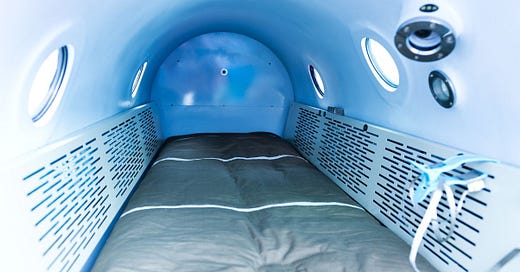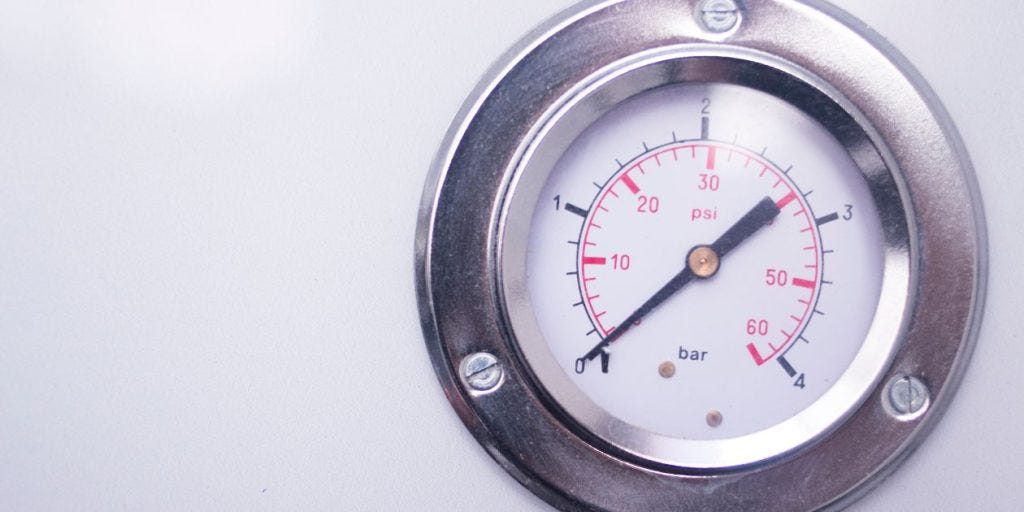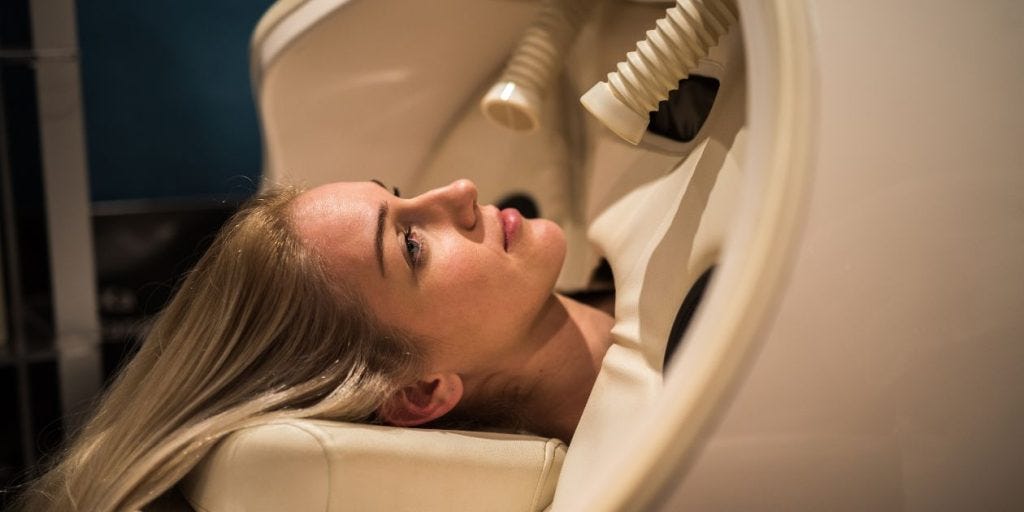Key Facts About Soft Hyperbaric Oxygen Chambers You Should Know
Here’s what you need to know about soft chambers before trying one for your health and wellness.
Before starting on my Hyperbaric Oxygen Journey, I did a lot of research to figure out how to implement this therapy on myself.
Should I go to a clinic nearby for sessions? Should I buy a hyperbaric chamber, and if so, should I go for a soft-shell chamber or hard-shell chamber?
The decision often revolves around the money investment, which is partly determined by how much you want to commit to this hyperbaric oxygen treatment.
Who Am I?
I am Dr. Mark Chern, the author of this article. In the past year, I have been researching potential interventions for improving brain function as it relates to dementia and Alzheimer’s disease.
One of the interventions I have been exploring is hyperbaric oxygen therapy, which I have been using on myself and documenting in my website, reversebrainage.com.
I use a hard case hyperbaric oxygen chamber at a pressure of 2.0 ATA. This is akin to placing myself 10 meters (or 33 feet) underwater — and then breathing in pure oxygen.
Read on as we find out more about Soft Hyperbaric Oxygen Chambers!
What is Soft Hyperbaric Oxygen Chamber?
Soft hyperbaric oxygen chambers, also known as portable or mild hyperbaric chambers, are inflatable devices designed for hyperbaric oxygen therapy (HBOT). They are characterized by their lightweight and easy-to-set-up structure, making them suitable for home use and non-clinical settings.
These chambers typically operate at lower pressures, usually between 1.2 and 1.5 ATA (Atmospheric Absolute), and provide a lower concentration of oxygen compared to hard hyperbaric chambers, which can reach pressures of up to 6.0 ATA and deliver pure oxygen.
Pressure and Oxygen Dynamics
Let’s talk about pressure for a second. At sea level, the atmospheric pressure is 14.7 PSI, or 1 ATA. In a soft hyperbaric oxygen chamber, the pressure typically goes up to about 1.3 ATA—this increases the pressure by roughly 30%, which makes a noticeable difference in how oxygen is absorbed by the body.
What’s interesting about soft chambers is that this increased pressure allows more oxygen to dissolve into the blood plasma. Normally, our bodies rely on red blood cells to deliver oxygen from the lungs to the tissues. But with this added pressure, even the plasma starts carrying extra oxygen to where it’s needed most.
Also read: My First 5 Days In Hyperbaric Oxygen Chamber
The Benefits of Increased Oxygen Delivery
So, what happens when my body gets this extra oxygen? Well, my mitochondria—the little powerhouses in my cells—can produce more ATP (adenosine triphosphate). This is basically the energy currency of cells. With more ATP, my cells can do their jobs better, whether it’s neurons firing off signals in the brain or liver cells breaking down toxins.
Interestingly, this boost in ATP also leads to the production of superoxide, a type of free radical. Now, I know free radicals usually get a bad rap, but superoxide actually plays a key role in cell signaling, helping with hormonal balance, neurotransmitter function, and even immune response.
Soft vs. Hard Chambers: What’s the Difference?
If you’re wondering whether to go for a soft or hard chamber, here’s what I’ve learned. Soft chambers, operating at 1.3 ATA, definitely offer therapeutic benefits, but they can’t deliver as much oxygen as hard chambers, which can go up to 2.0 ATA with 100% oxygen. That’s why hard chambers are typically recommended for more severe medical conditions that require higher oxygen concentrations.
But don’t rule out soft chambers! They’re not scams — they offer real physiological effects and can be incredibly helpful for a variety of health issues. It’s just that they’re not suited for conditions that specifically require the higher pressures you get with a hard chamber.
Also read: Reasons Why You Do Not Fly After Hyperbaric Oxygen Therapy
Wrapping Up
My hyperbaric oxygen journey is just getting started, and I’m eager to see what changes and insights the coming weeks and months will bring.
I decided in the end to get a hard chamber, and am almost finishing my first 30 hours. For those of you who are implementing HBOT in your life, it can be useful to watch the video below where I share about doing HBOT in a tropical climate like Singapore.
I’ll keep sharing my progress and hope that my learnings will be helpful to you.
FAQs
What are the types of hyperbaric chambers?
There are two main types of hyperbaric chambers: hard chambers and soft chambers. Hard chambers are rigid, constructed from materials like acrylic or steel, and can reach pressures up to 6.0 ATA while delivering 100% oxygen. They are further categorized into monoplace (single-person) and multiplace (multi-person) chambers. In contrast, soft chambers are inflatable and lightweight, operating at lower pressures (up to 1.5 ATA) and providing less than 30% oxygen.
Are mild hyperbaric chambers effective?
The effectiveness of mild hyperbaric chambers is limited compared to hard chambers. Scientific studies that validate the benefits of hyperbaric oxygen therapy are predominantly conducted at higher pressures, starting from 1.5 ATA. Since soft chambers operate at lower pressures and deliver less oxygen, their health benefits are not well-supported by research, making them less effective for serious medical conditions.
What is the difference between hard HBOT and mild HBOT?
The main differences between hard HBOT and mild HBOT include pressure and oxygen concentration. Hard chambers can reach pressures up to 6.0 ATA and deliver 100% oxygen, while soft chambers max out at 1.5 ATA and provide less than 30% oxygen. Additionally, hard chambers are FDA-approved for treating 14 medical conditions, whereas soft chambers are only approved for acute mountain sickness. Furthermore, the therapeutic benefits of hard HBOT are well-supported by scientific research, while the effectiveness of mild HBOT remains uncertain.
Who cannot use a hyperbaric chamber?
Certain individuals should avoid using hyperbaric chambers due to potential contraindications. These include those with untreated pneumothorax (collapsed lung), certain types of cancer, pregnancy, specific medications that may interact negatively with hyperbaric oxygen therapy, upper respiratory infections, and individuals who experience claustrophobia.







